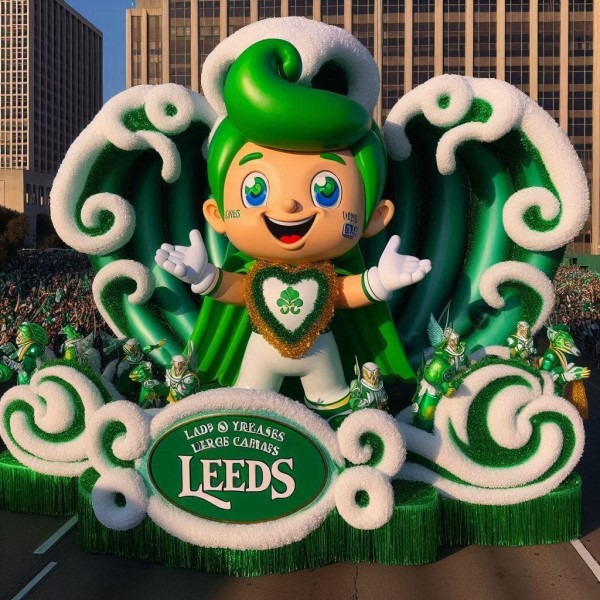Mardi Gras in Alabama
 Mardi Gras in Alabama is a time of unparalleled festivity, with Mobile at the heart of this joyous celebration. Known as the birthplace of America’s first Mardi Gras in 1703, Mobile’s festivities predate even those of New Orleans. The event features weeks of parades, parties, and community events leading up to Fat Tuesday. Floats, often intricately designed and themed, meander through the streets, accompanied by the sound of marching bands and the cheer of onlookers. Tradition is central, with masked riders throwing beads, moon pies, and other trinkets to eager crowds. Notably, the mystic societies—secretive, historic organizations—play a crucial role, hosting elaborate balls that are a highlight of the season. Family-friendly celebrations, like the King Cake Party, coexist with more sophisticated soirees, making Alabama’s Mardi Gras a blend of history, culture, and community spirit.
Mardi Gras in Alabama is a time of unparalleled festivity, with Mobile at the heart of this joyous celebration. Known as the birthplace of America’s first Mardi Gras in 1703, Mobile’s festivities predate even those of New Orleans. The event features weeks of parades, parties, and community events leading up to Fat Tuesday. Floats, often intricately designed and themed, meander through the streets, accompanied by the sound of marching bands and the cheer of onlookers. Tradition is central, with masked riders throwing beads, moon pies, and other trinkets to eager crowds. Notably, the mystic societies—secretive, historic organizations—play a crucial role, hosting elaborate balls that are a highlight of the season. Family-friendly celebrations, like the King Cake Party, coexist with more sophisticated soirees, making Alabama’s Mardi Gras a blend of history, culture, and community spirit.
Historical highlights add to the charm: Mobile, Alabama, is recognized as the birthplace of America’s first Mardi Gras celebration, taking place in 1703 and predating New Orleans’ famed celebration by several years. French settlers, led by Pierre Le Moyne d’Iberville, brought this tradition to Mobile, featuring feasts, dancing, and masked revelry. The Cowbellion de Rakin Society, founded in 1830, was the first mystic society in Mobile, laying the groundwork for the many societies that now orchestrate parades and balls. The eclectic mix of French, Spanish, British, and American influences embedded in the celebrations reflects the area’s diverse heritage.
This year, Fat Tuesday falls on March 4th, signifying the grand finale of Mardi Gras festivities. The rich heritage and unique Southern charm ensure that this is a celebration like no other, captivating both locals and visitors with its vibrant and welcoming atmosphere.
